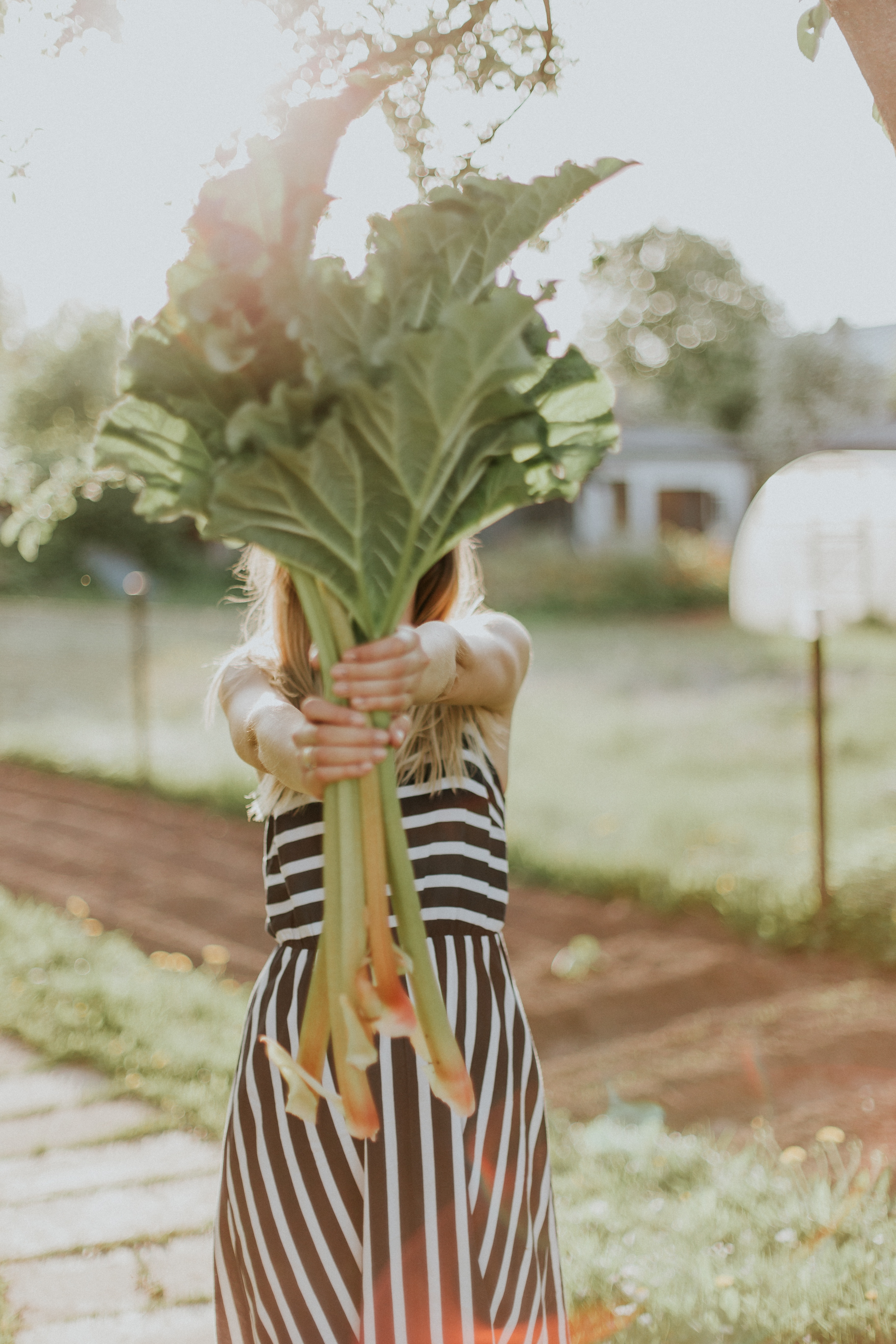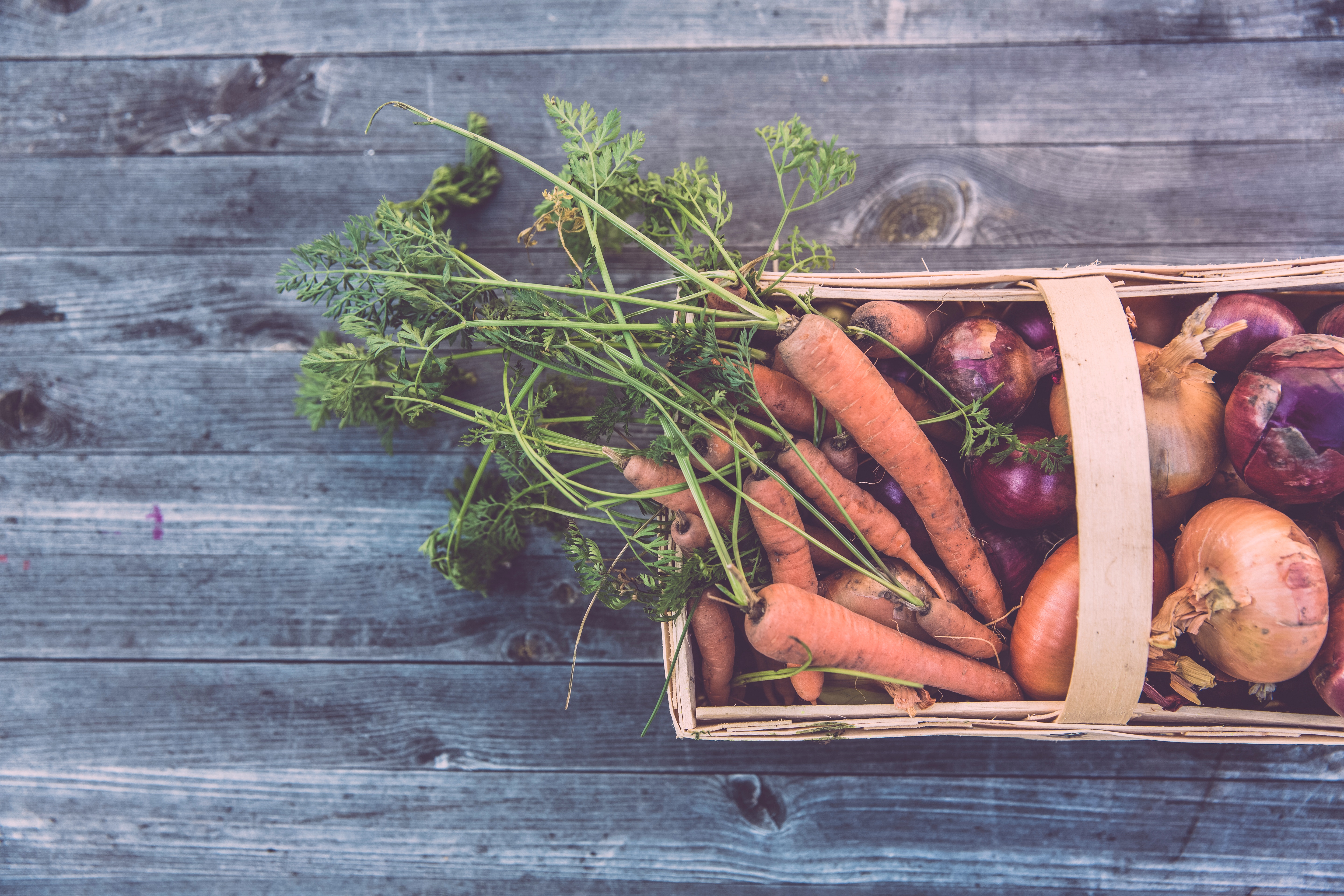Ask Miss Jean!

Jean Lovell, long-time Resource Central volunteer and former master gardener, tackles your gardening questions!
Submit your question(s) for Miss Jean to: GardenInfo@ResourceCentral.org
Q: My vegetable garden is going gangbusters these days; how do I keep up with it?
A: Home-grown vegetables are more nutritious and taste better than those from the supermarket, which are most often picked before they are fully ripe. Eating our own veggies at the height of their flavor is one of the joys of summer. But two major questions arise – when to harvest them and how to store them for eating later on.
When to Harvest 
Timing is vital. Most vegetables are at their flavor peak when they are young and tender. If you got the 2018 Victory Garden In A Box, the Garden Info Sheet contains information on ripening and harvesting for most of those plants. Otherwise, check your seed packets! The packets usually have information about how many days until expected harvest. You’ll be surprised how many plants are usually ready within ~1 week before or after that date. They often also contain information regarding the state of the plant at ripeness (i.e. firmness, size, color, etc.).
The right time of day ensures that you get that great flavor. Because they replenish moisture overnight, vegetables picked in the morning are generally more flavorful. They also last longer in the fridge.
• Avoid all picking between 9 a.m. and 5 p.m.
• For salad greens, the best time is well before 9 a.m. while still dew-covered, and on the day you’ll be using them.
• For culinary herbs, peas, green beans, cucumbers, tomatoes, squash, peppers, eggplant and melons, harvest before 9 a.m. but after the morning dew has dried.
• For the rest, before 9 a.m. or after 5 p.m.
• Harvest root veggies before they are fully mature.
How to Store
Different vegetables need different storage conditions. Temperature and humidity are the main storage factors to consider. There are three combinations for long-term storage:
• Cool and dry – 50-60°F and 60% relative humidity, (refrigerators)
• Cold and dry – 32-40°F and 65% relative humidity, (basements)
• Cold and moist – 32-40°F and 95% relative humidity (root cellars)
For cold conditions, 32°F is the ideal temperature. This temperature is not easy to attain in most homes. CLICK HERE for brief discussions and examples of these storage conditions with suggestions for best use of them, as well as information on harvest, storage, and shelf-lives of many commonly-grown vegetables.
It’s good practice to take a basket out every day to check on what has ripened to stimulate increased production. Harvest only those of high quality. Take care to avoid breaking or bruising them. The less you handle them, the better. While you’re there, look for and remove problems, such as yellow leaves or decay.














